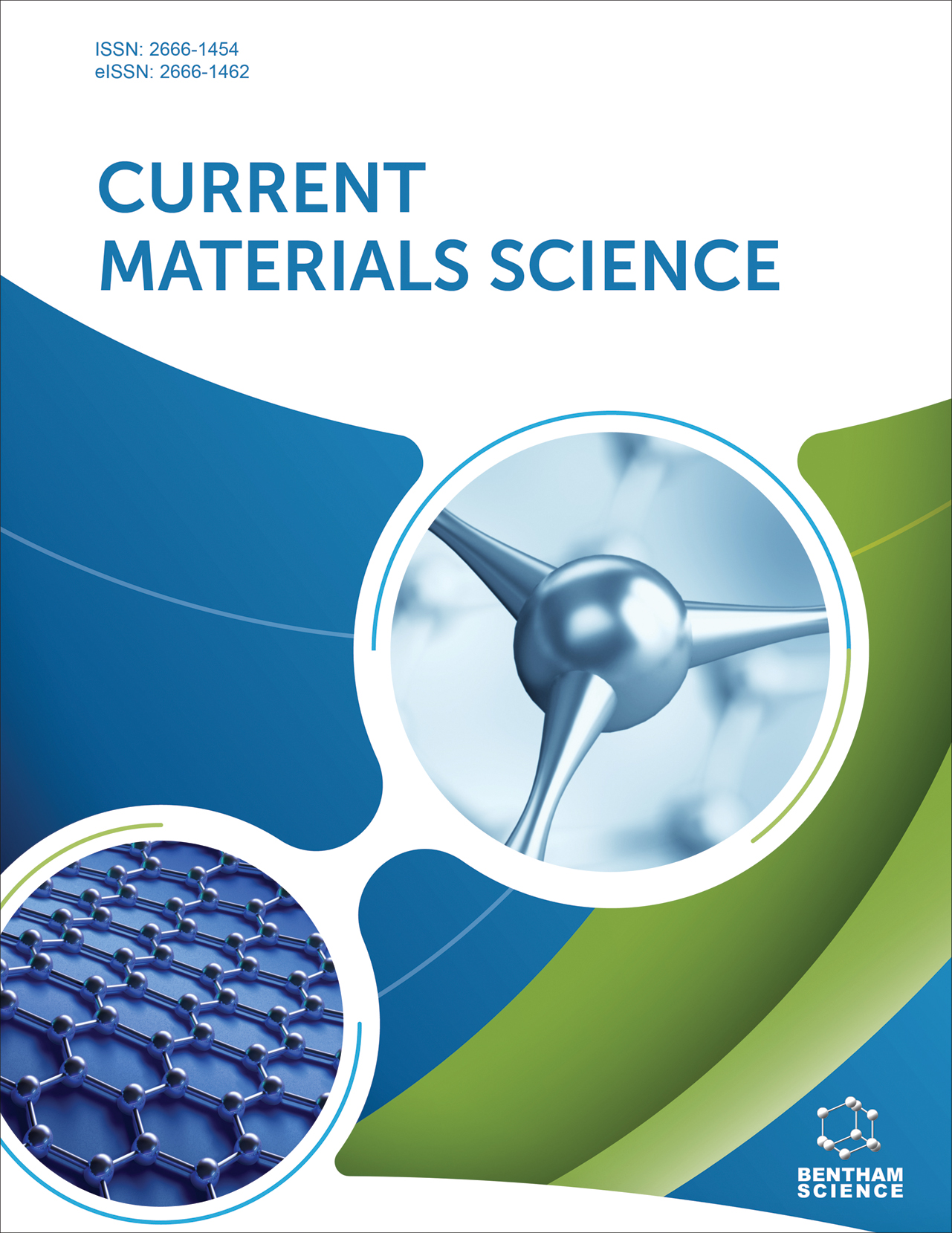
Full text loading...
We use cookies to track usage and preferences.I Understand
Cancer has become a major global public health concern, with millions of new cases and deaths reported annually. Conventional cancer treatments, such as chemotherapy and surgery, continue to be the standard of care; however, they frequently bear significant risks and high costs, necessitating the development of more cost-effective and safe alternatives. These limitations can be overcome by nanoparticle (NPs), composed of organic or inorganic substances in the nanoscale range, which offer benefits including enhanced pharmacokinetics, selective targeting of cancer cells, reduced toxicity, and decreased drug resistance. Green nanotechnology, which integrates nanotechnology with natural compounds, has emerged as a strategy for reducing toxicity on human health and the environment by functioning as reducing, capping, and stabilising agents. Compared to other NPs, Zinc oxide NPs (ZnO NPs) possess a unique selectivity and a potent capacity to target cancer cells, in addition to being biocompatible and considered safer for both humans and the environment. Due to the physiological function of zinc, an essential micronutrient, ZnO NPs have demonstrated greater bioavailability than other metal or metal oxide NPs. NP plays a more significant role in bioavailability than particle size, making ZnO NPs an attractive option for various applications. This mini review aims to comprehensively explore the synthesis methodology of ZnO NPs and the potential mechanisms underlying their anticancer properties.

Article metrics loading...

Full text loading...
References


Data & Media loading...

